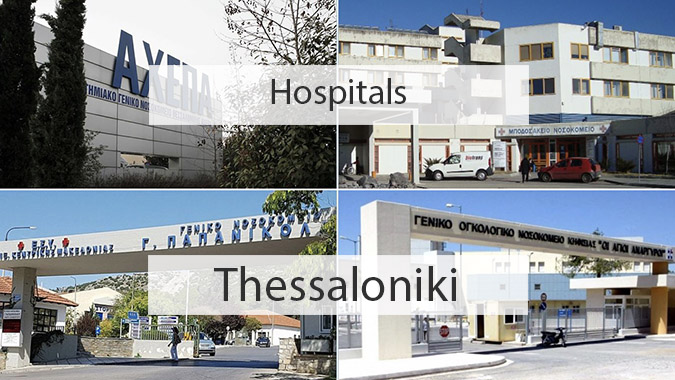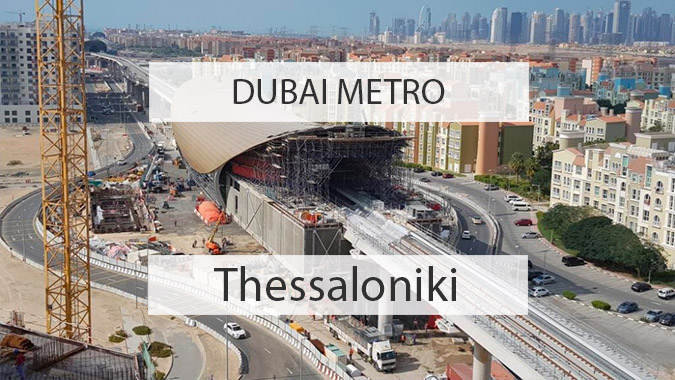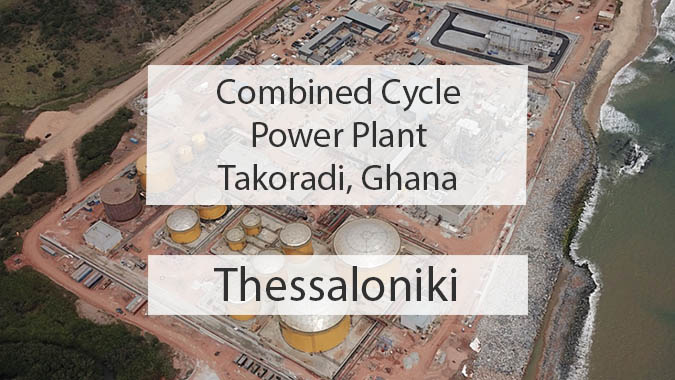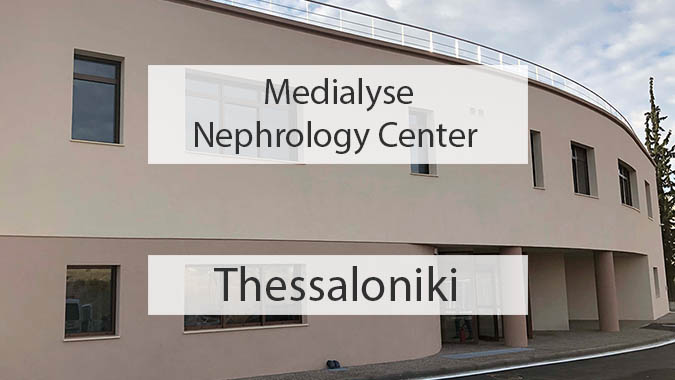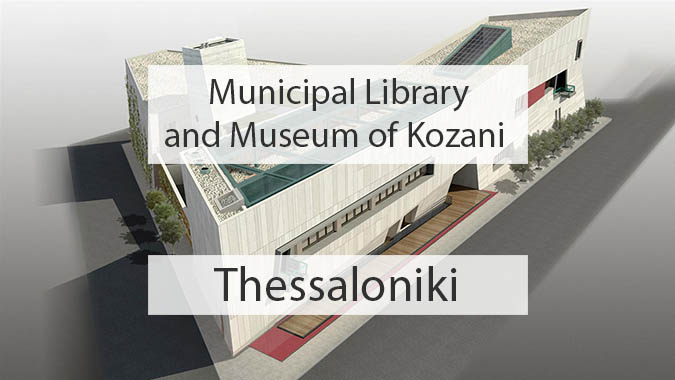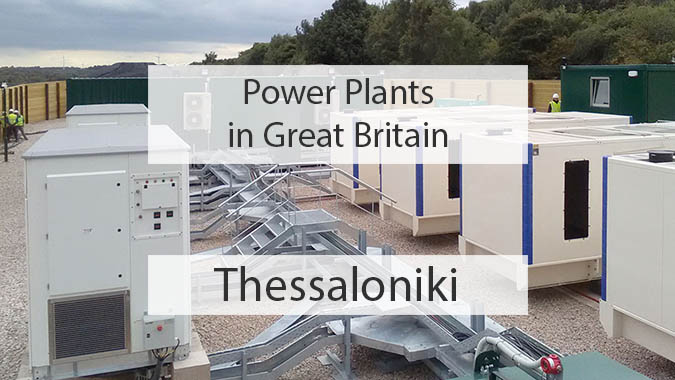ZARIFOPOULOS SA, in partnership with construction company METKA EGN, supplied, installed and set into operation, a number of security and fire safety systems in the Electricity Power Station in Newcastle-under-Lyme in England (UK), in order to provide full protection of critical industrial facilities.
The Station comprises 36 electricity generators using oil, 2 generators using natural gas, and their respective inverters feeding the local area network with 20 ΜW of power, necessary during peak demand periods.
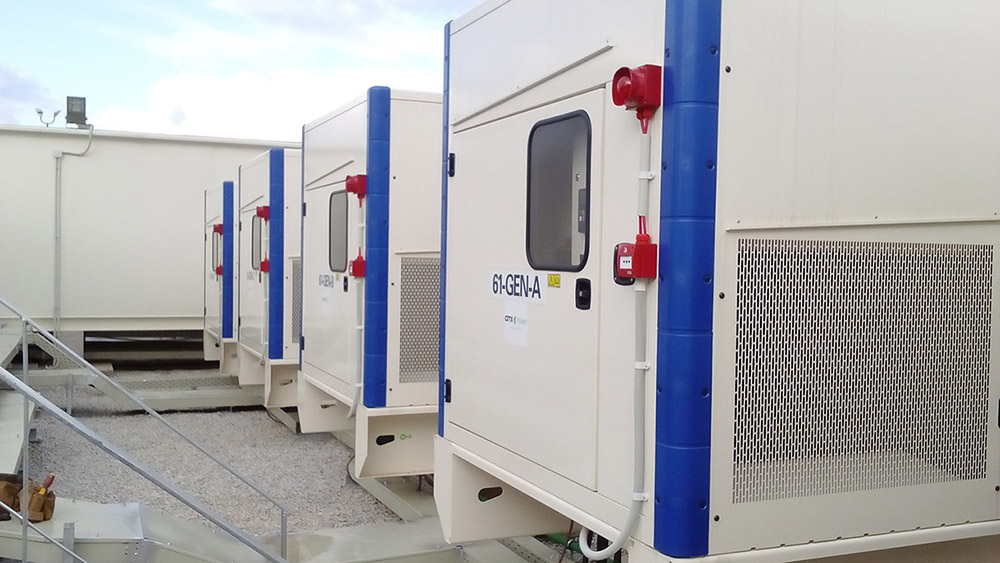
FIRE SAFETY SYSTEMS
In line with the project specifications for protection of the facilities against fire, a central addressable automatic detection system of TYCO was installed, with a 2 branch panel and addressable peripheral devices (smoke detectors, announcement buttons, sirens with beacons) to cover the inverters and batteries. Specialised solutions were also used, depending on the individual requirements of each space:
- Batteries’ area: ATEX certified hydrogen detectors were installed
- Fuel tanks: ATEX certified heat detectors were installed
- Oil generators: fire detection in these areas was implemented through heat element detectors of high activation temperature at 232oC.
- Switch / control room: two autonomous fire detection – suppression systems were installed, using one of the most state-of-the-art fire extinguishing solutions, the NOVEC gas, for the protection of critical equipment for the Power Station operation, significantly contributing to business continuity.
All above equipment was connected to the central Fire Detection system, and all signals are transmitted to the central management system (SCADA) of the Station through MODBUS protocol interface.
SECURITY SYSTEMS
For the protection of the facilities against unwanted intrusion, a Security system (intrusion alarm) was installed consisting of 8 active high range movement detectors, capable of covering the entire perimeter of the facilities. The detectors are extremely resistant to external conditions, including fog, and they are installed in special tinted columns, making them invisible to the malicious eye.
Any unauthorized entrance is detected and reported to the central security board, which is connected online to a Signal Reception Centre, which receives detailed information regarding the exact point of intrusion.
The perimeter of the installation is also covered by CCTV, consisting of 16 high definition cameras, continuously monitoring the space and recording it in a digital recorder. The recorder is protected against thunder, both the cameras and the power supply.
As soon as an alarm is generated by the security system, it is transmitted to the recorder, which transmits live recorded image to the Signal Reception Centre, so as to ensure reliable confirmation of real intrusion events and trigger respective action.

ACCESS CONTROL & VOICE ALARM
The main entrance of the facilities is protected through an Access Control system. For authorized entrance to the facilities, users enter a personal password in a special keyboard-device which releases an electromagnet, keeping the door shut. Exit from the facilities is made through pushing a button, whereas in case of emergency, there is an emergency button which permanently releases the electromagnet, maintaining the door always open, until the system is reset.
Finally, the entire facility is covered by a Megaphonic system (Public Address / Voice Alarm), which, using outdoor speakers-horns, can notify users regarding a potential danger at any location where they may be, even in noisy environments. The system has the capacity of automatic pre-recorded messages, as well as staff announcements, and it is fully certified to EN54-16 and EN54-24.
ENSURING MAXIMUM SECURITY
The installation of all above systems complies with all relevant security standards for industrial projects of this scale, and it is tailored to the particular climatic and operational conditions of the facility. A key factor contributing to the successful completion of the project was the fast installation and commissioning of the system, as it is a project that was implemented using a fast track process, due to the high demand of the area for additional electrical power supply.

Features
- Project Engineer: Giannis Meletiadis
- Timetable: April 2017 (duration 15 days)


